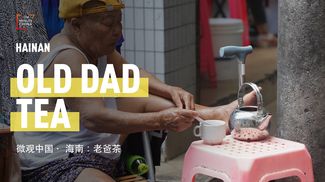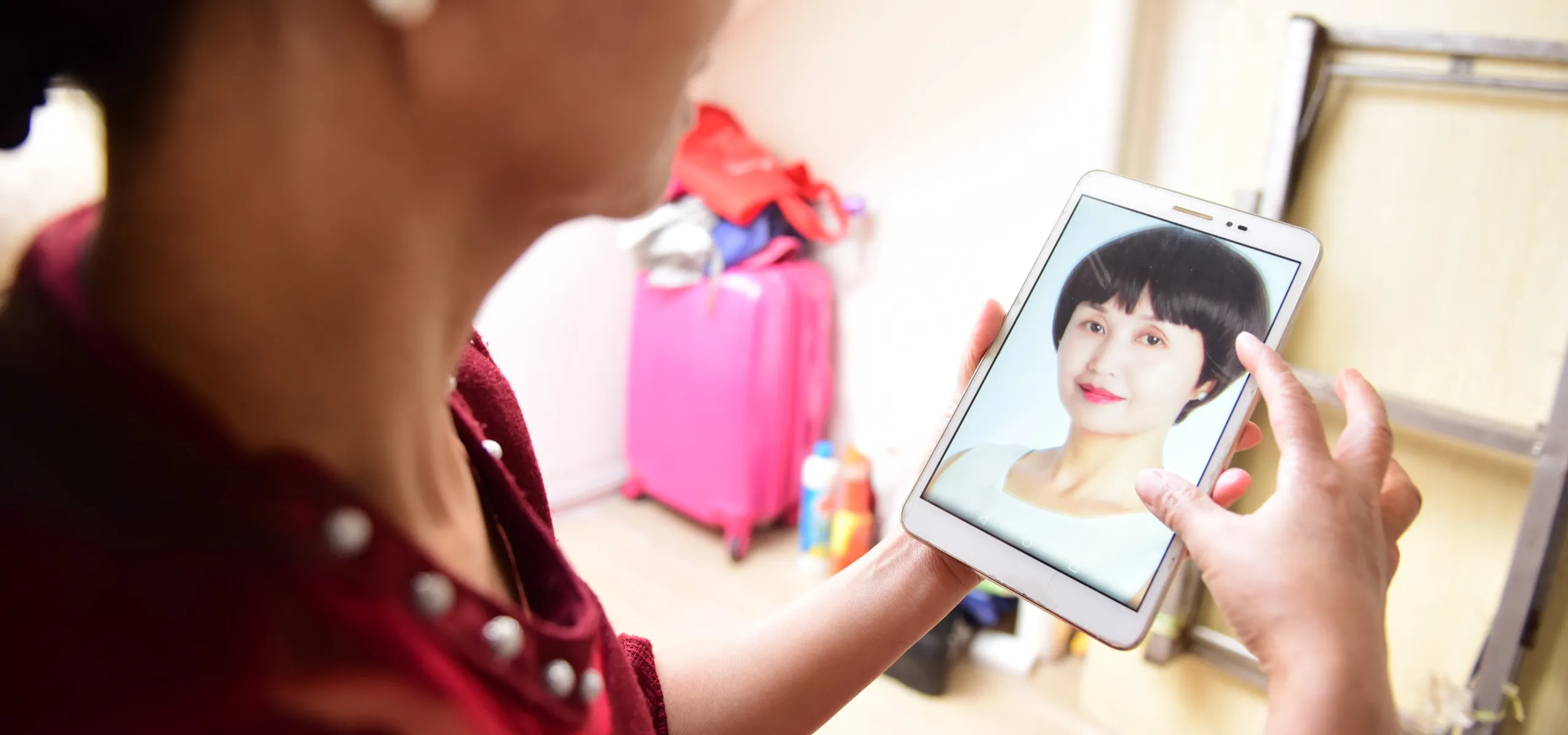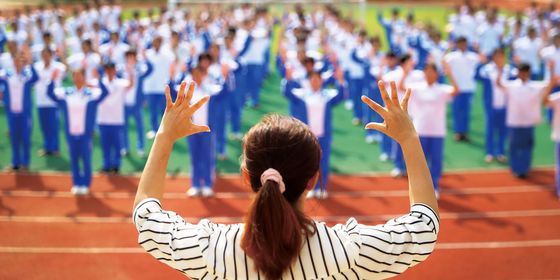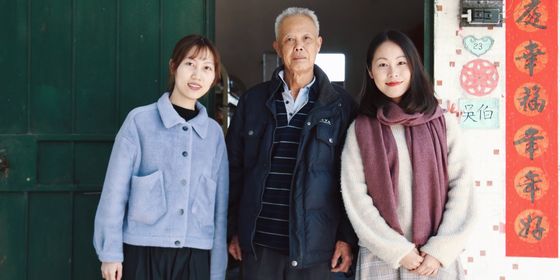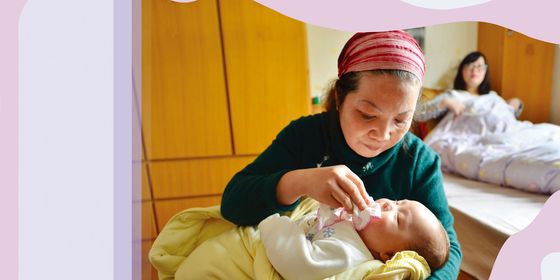Before China became the world’s second biggest cosmetic surgery market, these folk beliefs promised to shape people’s faces and body
“Help! I tried giving my baby a high-bridged nose by pinching it, and it gave her breathing problems!”
So starts a (slightly paraphrased) comment on parenting blog Koi Mommy, apparently written by a reader whose anxiety over her newborn’s looks led her to attempt an ad hoc nose job for two weeks. It ended up damaging the infant’s mucus membrane, and getting the parent a stern talking-to from physicians.
But this is not an isolated example: So-called “manual cosmetic surgery (徒手整形)” is a folk practice in China that is claimed to originate from the reign of Wu Zetian (武则天), who ruled China from 690 to 704 as its only female emperor in history, and supposedly employed the renowned physician Wei Cicang (韦慈藏) to develop a series of remedies to maintain her youthful looks. Today, there are still clinics that claim to be able to reshape a person’s face and body simply by massage, as well as products on e-commerce platforms like Taobao promising to give buyers higher noses, V-shaped jaws, or slimmer waists by simply applying pressure via painful-looking clamps and rollers.
Meanwhile, as of 2020, China now performs more cosmetic surgery operations per year than any other country in the world except for the US, according to research firm Daxue Consulting. According to the China University Media Union, a campus-focused media platform under the Communist Youth League, close to 70 percent of 2,000 university students it surveyed in 2021 were slightly to extremely dissatisfied with their appearance.
Below, we list a few more folk “remedies” and superstitions believed to be able to improve a person’s appearance, often applied by parents and grandparents to children; and whether any of them work (spoiler: most don’t):




